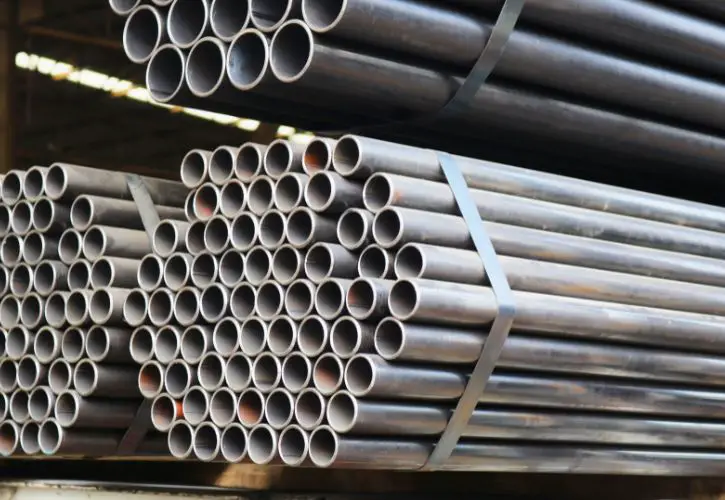

Metal fabrication is an essential process in manufacturing in which various metals are cut, bent, and assembled to create products and structures. The choice of metal greatly influences the outcome and functionality of the finished product. Read on to learn what you should know about the best metals for fabrication.
Aluminum is a popular choice in fabrication due to its lightweight nature and excellent corrosion resistance. It’s particularly favored in the automotive and aerospace industries, where weight reduction is crucial. Aluminum is easy to machine and has good conductivity, making it suitable for electrical applications. Its ability to resist corrosion makes it ideal for outdoor structures and components exposed to the elements.
Copper stands out for its high electrical and thermal conductivity, making it indispensable in electrical components and heat exchangers. Its malleability allows for easy bending and forming into various shapes. Copper is also known for its antimicrobial properties, which is why it’s used in medical equipment and facilities. Its aesthetic appeal also makes it popular for decorative purposes.
Carbon steel, known for its versatility and strength, is widely used in construction and automotive industries. It comes in varying grades, with higher carbon content providing greater strength and hardness. This metal is preferred when durability is a key requirement, such as when building frameworks, vehicle chassis, and heavy machinery. However, it’s more prone to corrosion and requires protective coatings for longevity.
Tool steel is designed for high-stress applications and is known for its durability and ability to withstand high temperatures. It contains elements like tungsten, molybdenum, and vanadium, which enhance its heat resistance and durability. This makes tool steel ideal for cutting and drilling equipment, molds for injection molding, and high-strength machine parts.
Comparing stainless steel and galvanized steel is crucial in fabrication. Stainless steel, known for its corrosion resistance, is ideal for medical equipment, kitchen utensils, and outdoor structures. It contains chromium, which forms a protective layer against corrosion. On the other hand, galvanized steel is coated with a layer of zinc to prevent rust. It’s less expensive than stainless steel and is commonly used in construction for roofing, ductwork, and railings.
Now that you know the best metals for fabrication, you can see how each metal serves specific needs in the fabrication process. From aluminum’s lightweight and corrosion-resistant properties to the comparison between stainless steel and galvanized steel, understanding these metals’ characteristics enables informed decisions for various projects. Choosing the right metal is key to achieving the desired strength, durability, and functionality in your fabricated products.
What is milk pasteurization, is it important, and should it matter to you? Here's the…
Learn what happens when you weld materials too quickly or too slowly, and why balancing…
Avoid injury and equipment damage with these five tips, including organizing your garage better, anchoring…
Avoid costly freight damage with the right securement system. Get expert tips for blocking, bracing,…
Prioritize safety in midwifery with key infection control practices. Build trust, ensure well-being, and enhance…
Keep your RV looking sharp with our step-by-step guide to cleaning your RV. These beneficial…